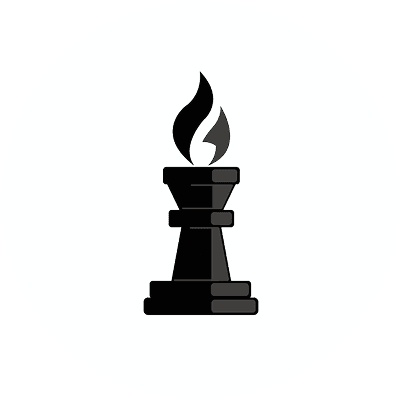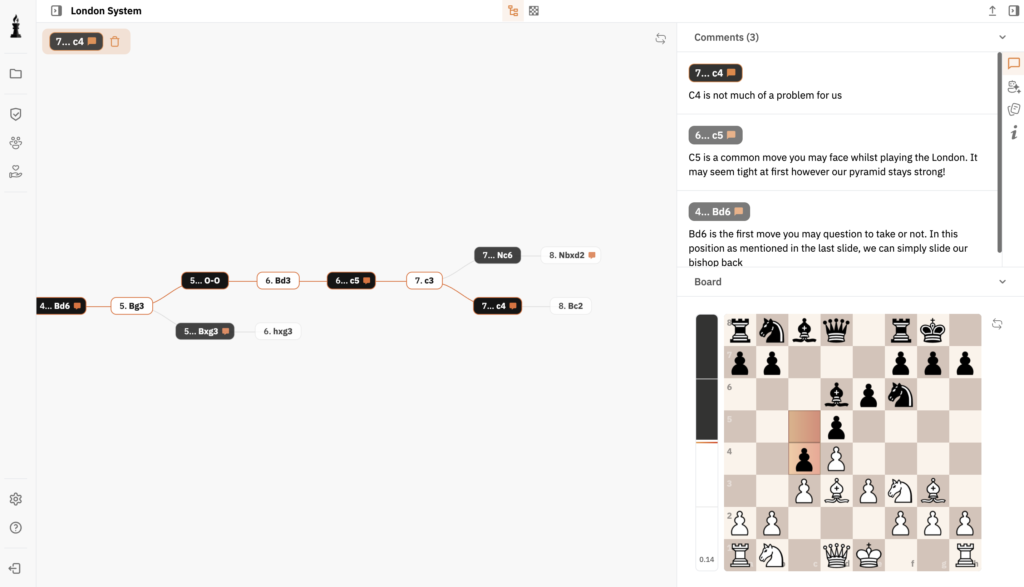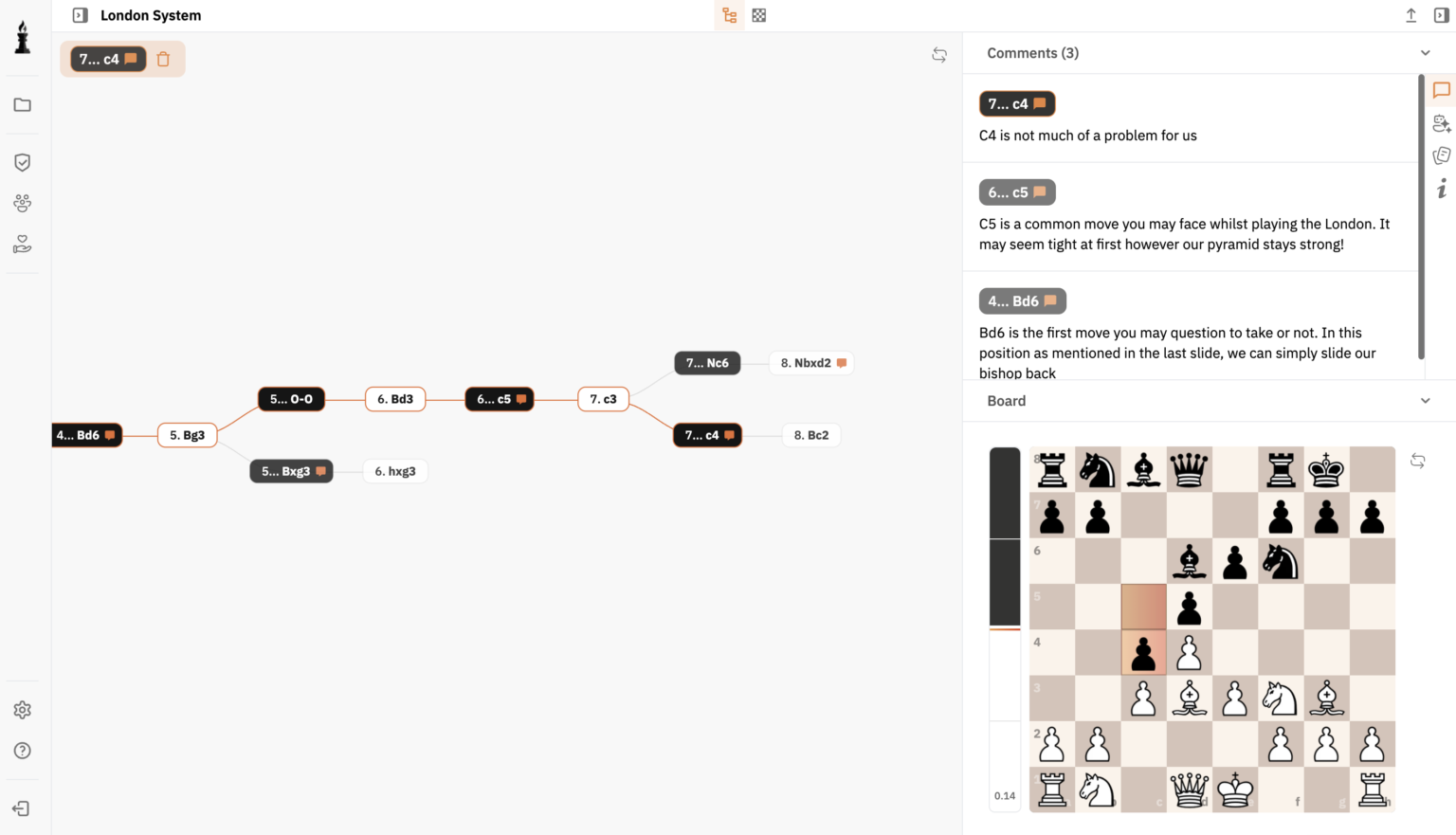Introduction to Chess and Machine Learning
Chess has a long-standing relationship with artificial intelligence, particularly through the advent of machine learning. Machine learning algorithms have not only revolutionized how we train computers to play chess but have also provided tools and insights that are beneficial for players of all skill levels.
The Role of Machine Learning in Chess
Machines have been learning chess for decades, but recent advances in AI have pushed the boundaries further. One of the most famous examples of machine learning in chess is AlphaZero, an algorithm that learned to play chess better than any human after just a few hours of self-play. Machine learning algorithms analyze millions of game positions, understanding everything from basic chess tactics to advanced strategies, without needing explicit programming to follow traditional human play.
Training AI in Chess
Training chess engines via machine learning is an iterative and data-intensive process. Large datasets containing millions of game records, often stored in Portable Game Notation (PGN), are used to teach machines various aspects of chess, from the opening moves to the complexities of the middlegame.
Impact on Chess Players
Enhancing Preparation
For chess players, AI affects preparation significantly. Players can use tools like the Chess PGN Editor to streamline their game analysis. Not only does machine learning offer insights into optimal strategies, but it also helps players develop their chess repertoire by analyzing the effectiveness of different openings.
Individual Improvement
AI-powered analysis offers personalized feedback, identifying weaknesses and strengths in one’s play. Tools like Chess Games Analysis can help players understand their recurring mistakes, such as failing to exploit zugzwang positions or missing skewers.
Machine Learning Models in Chess
Supervised Learning vs. Reinforcement Learning
Machine learning in chess can be approached via supervised learning, where models are trained on grandmaster games, and reinforcement learning, which allows the engine to play against itself, refining its strategies continuously. This self-play method was pivotal in the development of engines like Stockfish, which has been trained on a vast number of positions.
Feature Extraction
An essential component of machine learning in chess is feature extraction. Understanding the value of pawn structures, passed pawns, and evaluating the position of major and minor pieces are part of what engines learn to identify. These insights can redefine how players approach game positions, shifting traditional evaluation methods.
Deciphering Chess Patterns
Chess engines excel in recognizing patterns, a critical skill in chess. Patterns like checkmate threats or tactical formations such as forks are fundamental components that are incorporated into another machine learning models.
Practical Usage
Besides theoretical advancements, AI finds practical applications, such as simplifying access and use of chess data. Through platforms like the Online Chess Database, players can retrieve complete records of games and analyze them with the convenience of modern AI tools.
Advanced Insights Provided by AI
Strategic Insights
One notable area where machine learning excels is offering deeper strategic insights, which would require years of human learning. For example, understanding complex endgames or identifying opportunities for pawn promotion and cutting through positions characteristic of stalemate scenarios.
Predictive Capabilities
Machine learning also enhances predictive capabilities, enabling players to anticipate opponent moves by identifying trends and common lines. This foresight can transform strategies in both open games and closed positions.
Conclusion
Machine learning has reshaped chess, offering new dimensions in how the game is played, taught, and understood. Its impact is profound, benefitting both seasoned grandmasters and beginners. With AI’s help, chess continues to be a dynamic, ever-evolving field that challenges minds worldwide.
Machine learning enhances chess engines by analyzing large datasets of games, allowing them to learn strategies and patterns independently, thus improving their gameplay by understanding complex positions and strategies.
AlphaZero revolutionized chess AI by utilizing reinforcement learning to master chess through self-play, proving a machine can achieve superhuman performance in chess without human game data.
Chess players can utilize AI tools to analyze their games, study advanced strategies, and enhance skills through platforms like ChessFlare’s Chess Games Analysis and Online Chess Database.
PGN is vital for storing chess games, enabling machine learning models to access vast datasets for training, enhancing engines’ abilities to understand and predict game outcomes.





